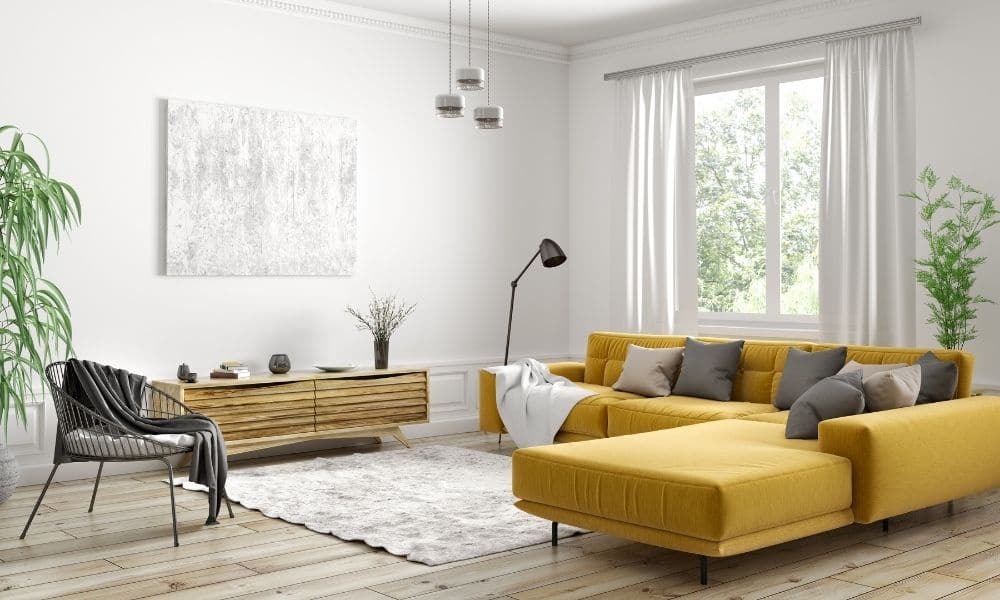Interior design is more than just making a space look aesthetically pleasing. It can also have a significant impact on our mental health and well-being. Our surroundings can affect our mood, productivity, and even our physical health. In this article, we will explore how interior design can impact our mental health and well-being and what changes you can make to create a more positive environment.
Color Psychology
Color plays a vital role in our mood and emotions. Certain colors can evoke specific emotions and feelings. For example, blue is known to be calming and soothing, while red is associated with energy and passion. Understanding the psychology of color can help you choose the right colors for your interior design. If you want to create a calm and relaxing environment, opt for shades of blue, green, or lavender. If you want to create a more energizing and stimulating space, consider using warm colors like red, yellow, or orange.
Natural Light
Natural light has been shown to have a positive impact on our mental health and well-being. Exposure to natural light can help regulate our sleep-wake cycle, improve our mood, and increase our productivity. If possible, try to maximize natural light in your space by using large windows or skylights. If natural light is limited, consider using light therapy lamps to simulate natural light.
Clutter-Free Space
Clutter can be a significant source of stress and anxiety. It can make it difficult to concentrate and can even affect our sleep quality. Creating a clutter-free space can help reduce stress and improve our mental well-being. Try to keep your space organized and free of unnecessary items. If you have limited storage space, consider investing in storage solutions like shelves or under-bed organizers.
Plants and Greenery
Adding plants and greenery to your space can have a positive impact on your mental health and well-being. Plants can help reduce stress, improve air quality, and increase our connection to nature. Consider adding plants like snake plants, peace lilies, or spider plants to your space. If you don’t have a green thumb, fake plants can also have a similar effect.
Personalization
Personalizing your space can help create a sense of comfort and belonging. Surround yourself with items that have personal meaning, like family photos, artwork, or souvenirs from your travels. Creating a space that reflects your personality and interests can help boost your mood and improve your mental well-being.
Interior design can have a significant impact on our mental health and well-being. By understanding the psychology of color, maximizing natural light, creating a clutter-free space, adding plants and greenery, and personalizing your space, you can create an environment that promotes positive mental health and well-being. Take a step back and evaluate your space. What changes can you make to create a more positive environment?



